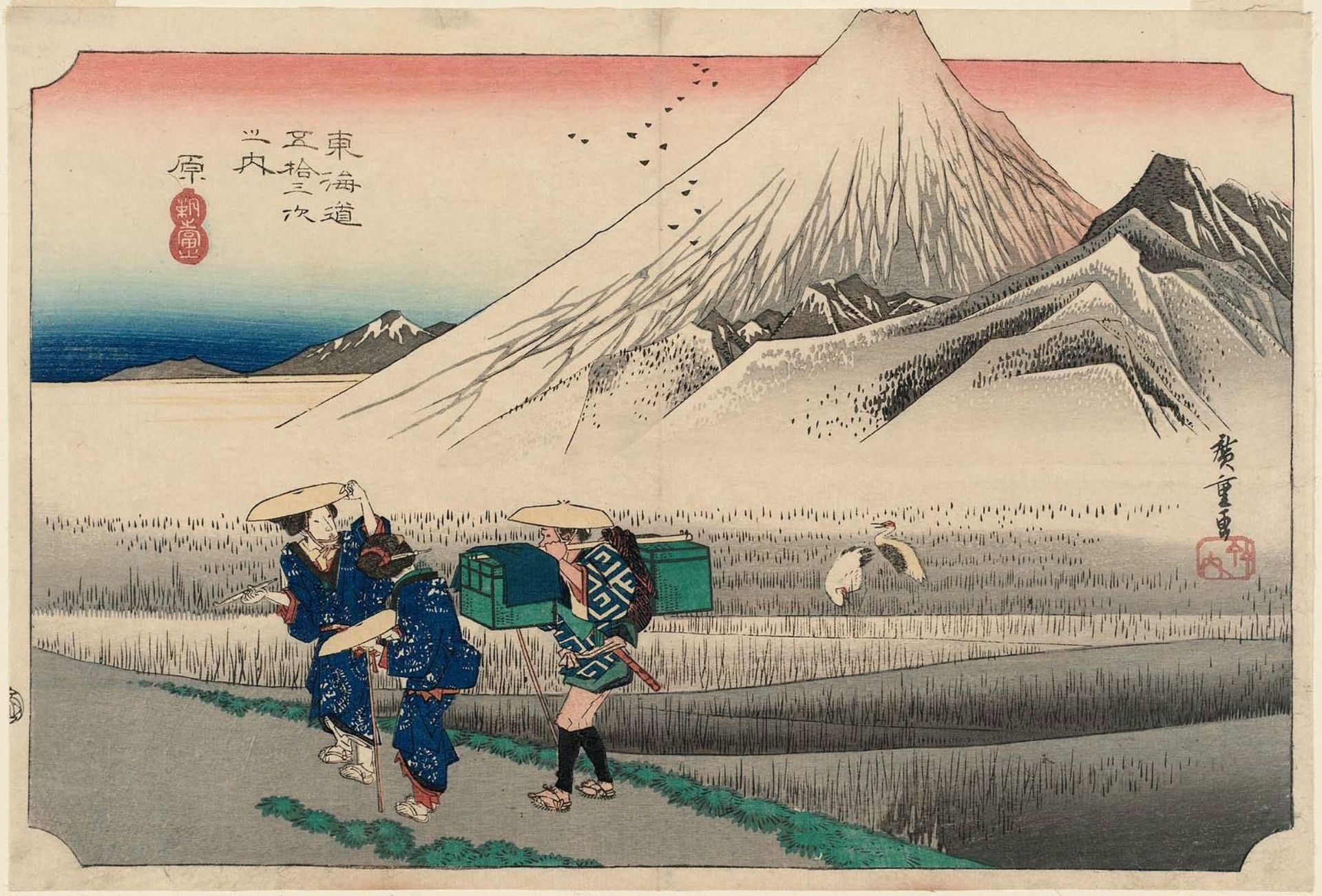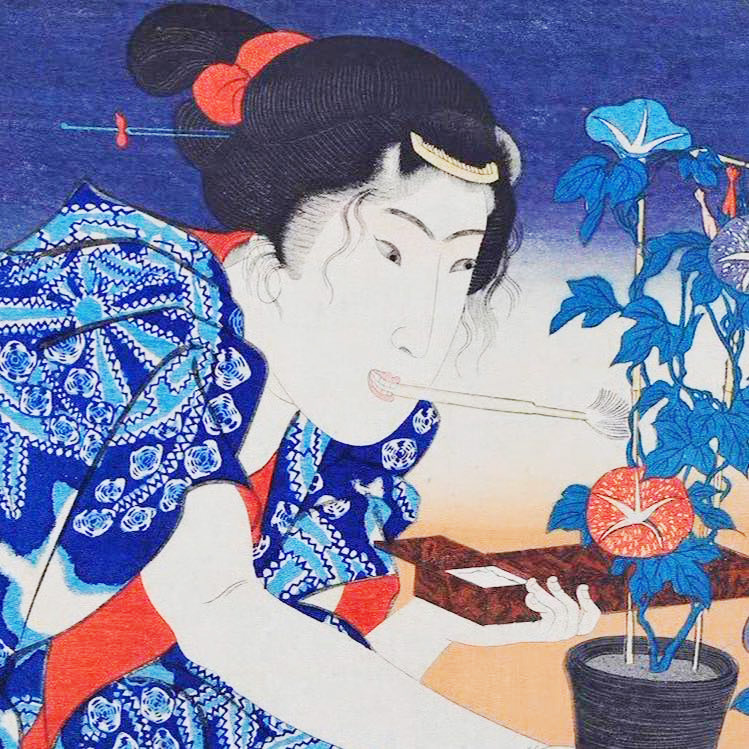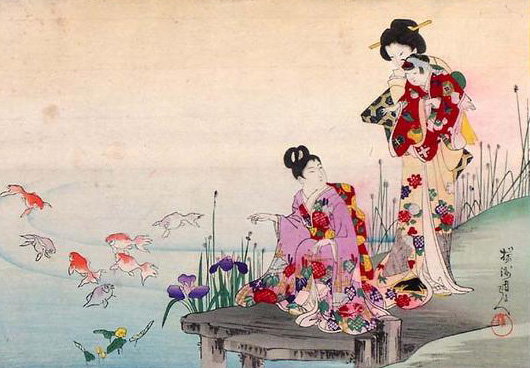The Shogi puzzle
Available with PC, Tablet, and Mobile phone (Android and iPhone ). But some versions including "ios 15" on iPhone becomes an error. Please update the version for running the application.
Rule of Shogi
Movement of the pieces
Movement of the pieces are shown as a red dot surrounded on each pieces. By clicking the pieces, more movements will be shown on the board. There are pieces that can move not only one square, but many squares.
Also, there are pieces that can jump the squares.
Promotion of thepieces
When the pieces reaches to the third square in line from the top, there are pieces that promotes to a more powerful pieces. The piece name will show as red.
In Japanese, we say this situation "Nari".
How to win the game
Try to take the enemy's King. When the King cannot move to other square where the King will be taken you'll win the game. The puzzle is solved.
About Ukiyoe
Masterly painters
Ukiyo-e is the Japanese art from the 17th through 19th centuries. There are paintings of such subjects like female beauties, kabuki actors, sumo wrestlers, etc.
There were many famous Ukiyoe painters. Hokusai, Hiroshige, Sharaku, Kuniyoshi, etc. They influenced not only in Japan, but also world wide areas.

Hara (Travellers passing Mount Fuji) by Hiroshige
Popular subjects
Plants
Morning glories, a summer plant, bloom at dawn and wilt in the afternoon. Therefore, it is common to see the pictures of Ukiyoe of Edo women in the early morning with sleepy eyes and toothbrushes admiring morning glories.

Inuzuka Taisui : Morning Glories
Kimono
Edo women enjoyed fashion freely by wearing kimonos. Kimono was a boom as Edo fashion, with women tying their obi skillfully and choosing the type of kimono. In addition, many women became better at dressing by imitating popular actors at the time. There were many paintings drawn of the women in Kimono.

Tomioka Eisen : Beauties under Maple
Goldfish
Goldfish were a familiar presence in the lives of Edo people. They would put one or two fish in a small glass container and enjoy watching them. This led to a boom in goldfish, with even specialized books being published. It is thought that people would carry around pocket-sized books on how to raise goldfish so that they could always refer to them.

Toyohara Chikanobu : Goldfish Pond




